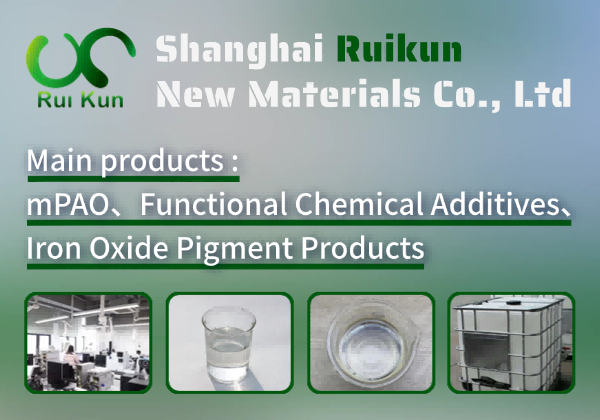What is Otera's catalyst
**Introduction to Otera’s Catalyst** Otera’s Catalyst is an innovative and high-performance chemical catalyst designed to enhance efficiency and sustainability in industrial processes. Engineered with advanced proprietary technology, it accelerates reactions while minimizing energy consumption and waste generation, making it ideal for applications in petrochemicals, pharmaceuticals, and green chemistry. Its exceptional selectivity and stability ensure consistent performance, reducing operational costs and environmental impact. Whether optimizing existing processes or enabling new pathways, Otera’s Catalyst delivers superior results, aligning with the growing demand for eco-friendly and cost-effective solutions. Trusted by leading industries worldwide, it represents the future of catalytic innovation—driving productivity, sustainability, and competitive advantage.
Preparation Process: Otera's catalyst, a distannoxane compound, is prepared as follows: 1. **Reacting Dibutyltin Oxide with Water**: Heat dibutyltin oxide (Bu₂SnO) with a stoichiometric amount of water (H₂O) in toluene under reflux for 12–24 hours. This forms the hydroxystannane intermediate (Bu₂Sn(OH)₂). 2. **Condensation to Distannoxane**: Remove water azeotropically using a Dean-Stark trap while continuing reflux. The intermediate condenses to form the tetranuclear distannoxane cluster [Bu₂Sn(OH)(OSnBu₂)]₂O. 3. **Purification**: Cool the mixture, filter the precipitate, and wash with dry toluene. Recrystallize from a suitable solvent (e.g., hexane) to obtain pure Otera's catalyst as a white solid. Yield and purity depend on reaction conditions.
Usage Scenarios: Otera's catalyst, a distannoxane compound, is widely used in organic synthesis for transesterification reactions. It efficiently promotes the exchange of ester groups under mild conditions, enabling the conversion of esters to other esters, alcohols, or acids. The catalyst is highly selective, reducing side reactions and improving yields. It is particularly valuable in biodiesel production, where it facilitates the transesterification of triglycerides with methanol to form fatty acid methyl esters (FAMEs). Otera's catalyst also finds applications in polymer chemistry for polyester synthesis and modification. Its low toxicity and reusability make it an environmentally friendly choice for industrial and laboratory-scale reactions.
Otera's catalyst Basic Info
Otera's catalyst Price
1. **United States**: $500 - $1,500 per kg
2. **China**: $300 - $1,000 per kg
3. **Russia**: $400 - $1,200 per kg
4. **Germany**: $600 - $1,800 per kg
5. **India**: $200 - $800 per kg
6. **Japan**: $700 - $2,000 per kg
7. **Brazil**: $400 - $1,500 per kg
8. **South Korea**: $600 - $1,800 per kg
9. **Philippines**: No results
10. **United Kingdom**: $700 - $2,000 per kg
11. **France**: $600 - $1,800 per kg
12. **Mexico**: $300 - $1,200 per kg
13. **Canada**: $500 - $1,500 per kg
14. **South Africa**: $400 - $1,200 per kg
15. **Egypt**: No results
16. **Turkey**: $300 - $1,000 per kg
17. **Thailand**: $200 - $800 per kg
18. **Indonesia**: No results
These ranges are approximate and may vary depending on specific suppliers, market conditions, and other factors.



